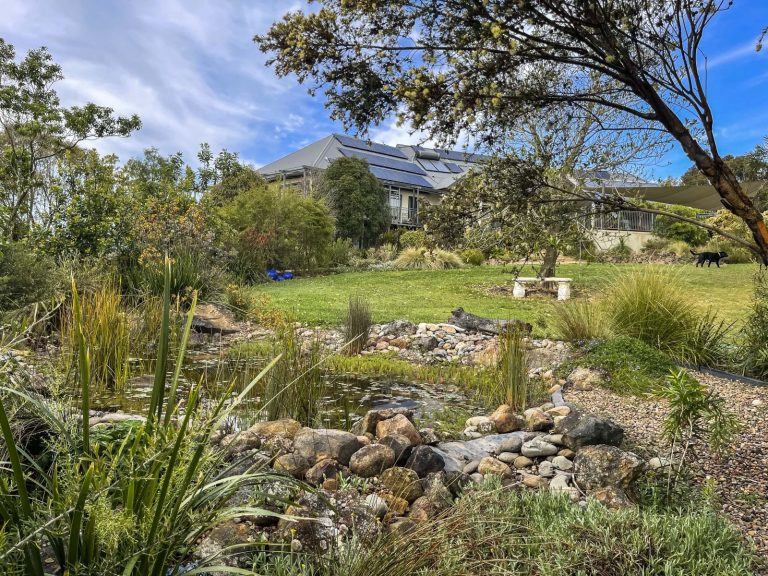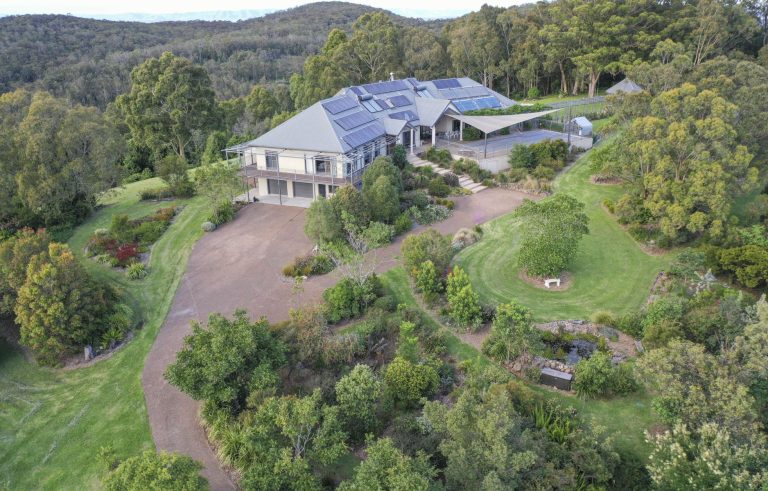As part of the Garden Design Study Group (free to all members), the topic was posed – is your garden design influenced by diversity or uniformity?
I thought about it, and decided that my garden and my thinking had evolved through stages, over the years, and potentially diversity is now reigning supreme, but through a dose of entropy, rather than intentional design. Here’s my thinking…
Diversity AND uniformity – entropy is winning!
I started my native garden about 20 years from scratch, on a bare paddock on the top of a windy hill in the Hunter Valley. I’ve gone through various stages of design, embracing both diversity and uniformity, but as time goes on and entropy prevails, I think diversity is winning!
Stage 1: The first 7 or so years
The property is 100 acres, with a few acres of garden around the house. My original aims for the garden, which are still valid today, were:
• Create a walkabout garden full of fragrance, colour and texture to wander, sit and explore
• Create beautiful views from windows to uplift spirits
• Create a haven for wildlife
• Grow fruit and vegies
I also had to create privacy from the road given the 3 cars that go by each day, maintain a fire protection zone and not put in anything weedy (even natives) given proximity to the bush.
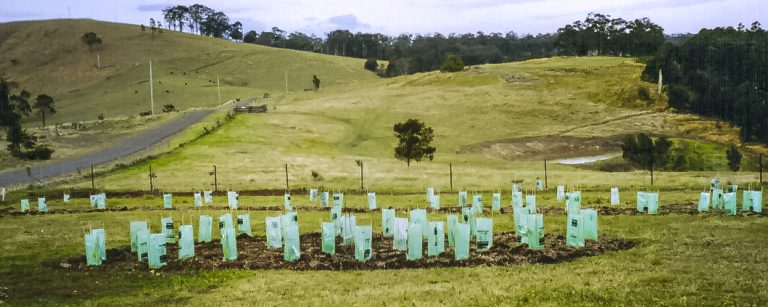
I started with the ‘hose on the ground’ model of design, along with a bush garden feel and bought plants from the nursery that I liked – it was full diversity of plants, but without much consideration of size, structure, form, texture or colour and how these blended together – I was just in love with the plants!
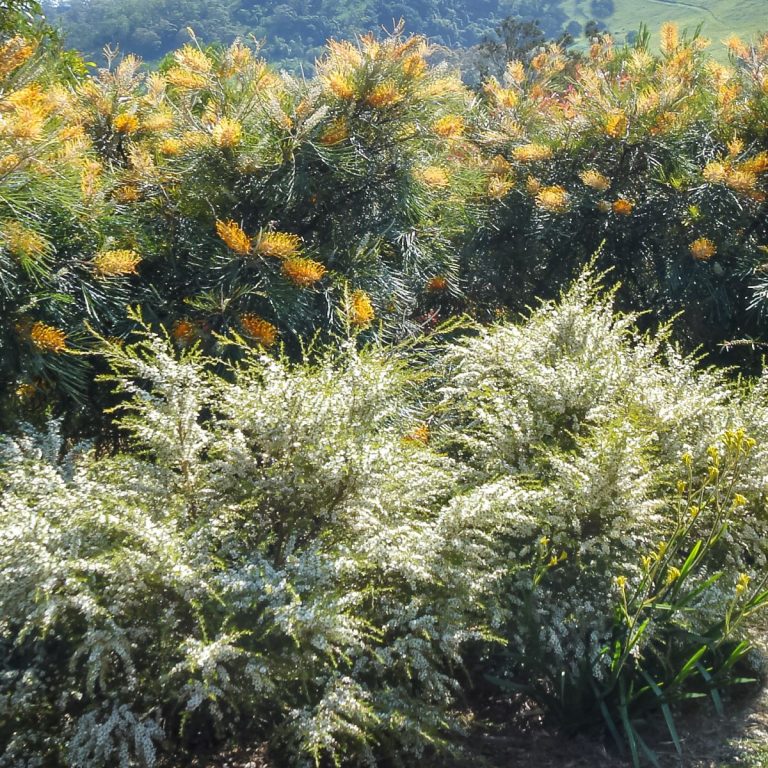
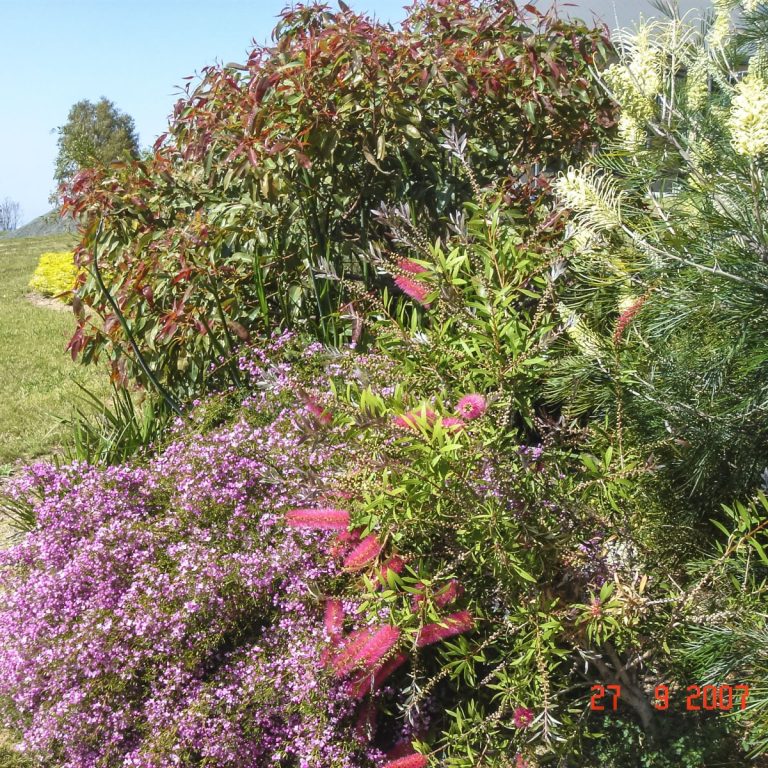
Stage 2: Time to get some ‘Design’ with a capital ‘D’
Despite lovely growth and colour, and birds, wallabies and other critters visiting regularly and helping with the pruning, I was not all that happy with the garden! It looked messy, tall things grew on the edges of the garden and short things grew in the middle of the garden, stuff died and left holes, shrubs got leggy, I had no ground cover plants and the gardens didn’t complement the shape of the house. There was a sense of discordance – we didn’t fit into the landscape!
So I began researching design and hired a landscape designer, Michael Cooke, who created a garden design with a thematic à la Roberto Burle Marx. For those not familiar, Roberto was a famous Brazilian landscape architect and conservationist with a modernist style modernist, and elements of cubism and abstractionism.
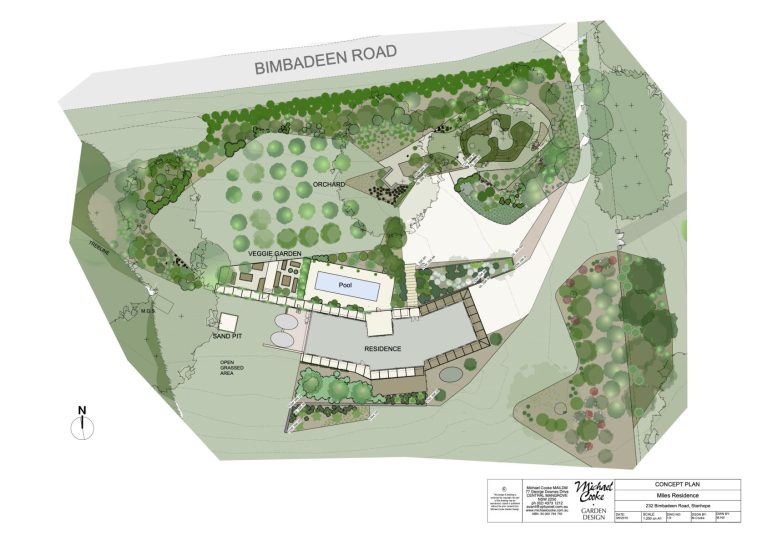
The design focused on creating uniformity with the shape of the house. There were angular garden beds and geometric shapes, along with mass plantings to create a sense of uniformity within the diverse shapes.
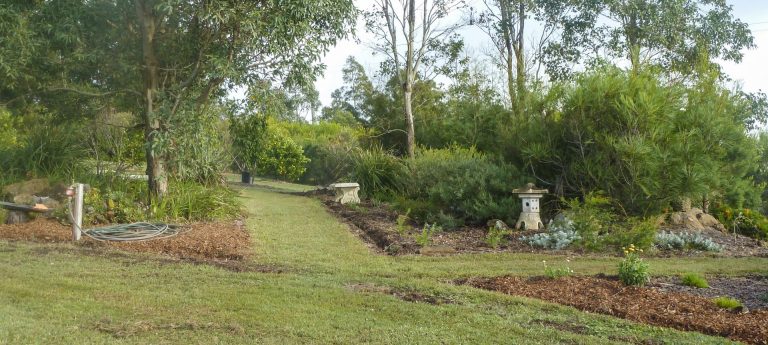
Over the following 8 – 10 years, I adopted adopt and adapted the design, with the addition of a gazebo and pond, the use of mass plantings and sculpted plants and taking account of plant layering. I kept to the new shapes of the gardens, although over time, shrubs obscure the sharp geometries. I keep experimenting with different plants and where they will look best within the overall design. Of course, like many of us experience, there have been deaths – the sculpted westringia has not thrived for more than 5 years, disliking our clay soil, I think. Overall the new design worked
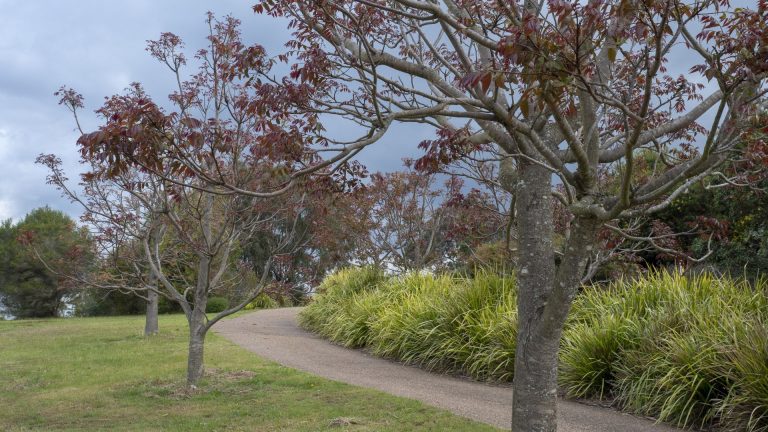
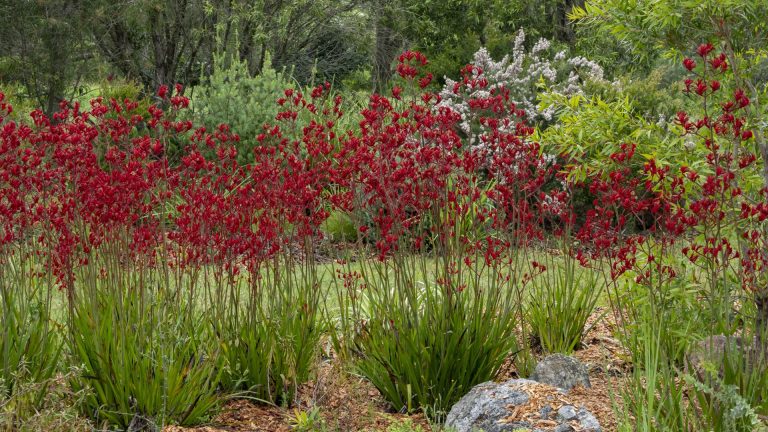
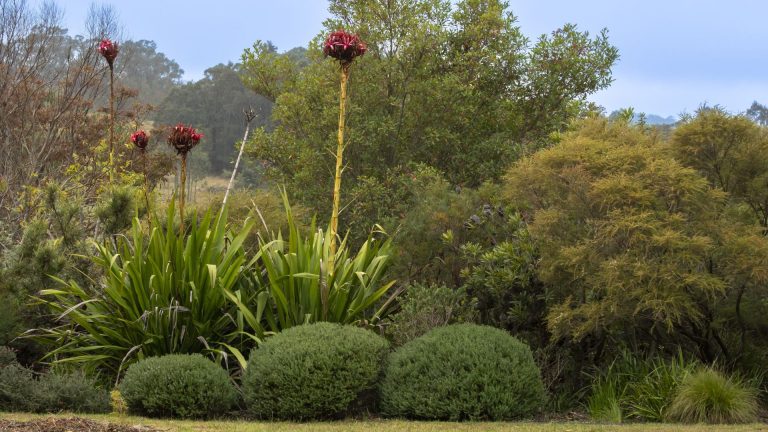
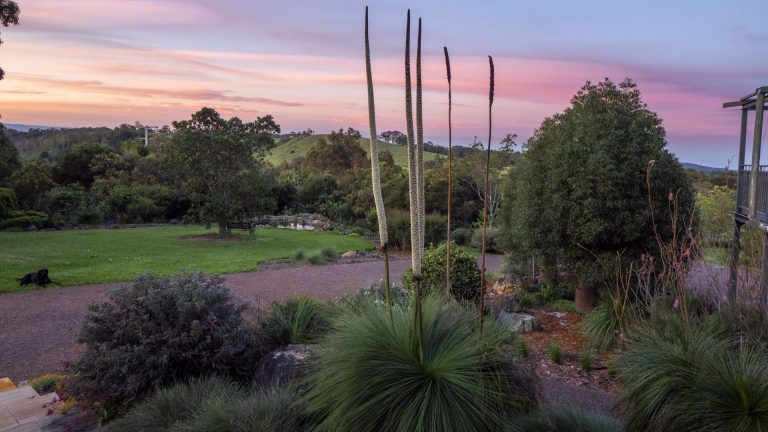
Stage 3: Sustainability and entropy – increased diversity?
A number of factors have influenced this third and current stage:
- A number of years of drought, followed by years of excessive rain
- Considerable and very rapid growth of trees and shrubs due to the rain
- The incursion of many local species, brought in by the birds
- My desire to reduce the labour associated with the garden (aging fingers etc).
The garden IS now becoming far more ‘diverse’. I’d even say it’s a bit messy! One of the most interesting aspects is allowing the indigenous species which have landed in the garden, to stay (as long as they are in the right place!). Plants like Breynia oblongifolia, Polyscias elegans, Clerodendron tomentosum, Cissus australasicus and others are all finding their way into the garden. Some have beautiful foliage and form and I am leaving them be, creating more of a local feel to the garden and potentially making it more sustainable.
The outcome of all this is an increased diversity that I would never have planned. Yet I really like it and wait with interest to see how this new form of diverse garden evolves!
